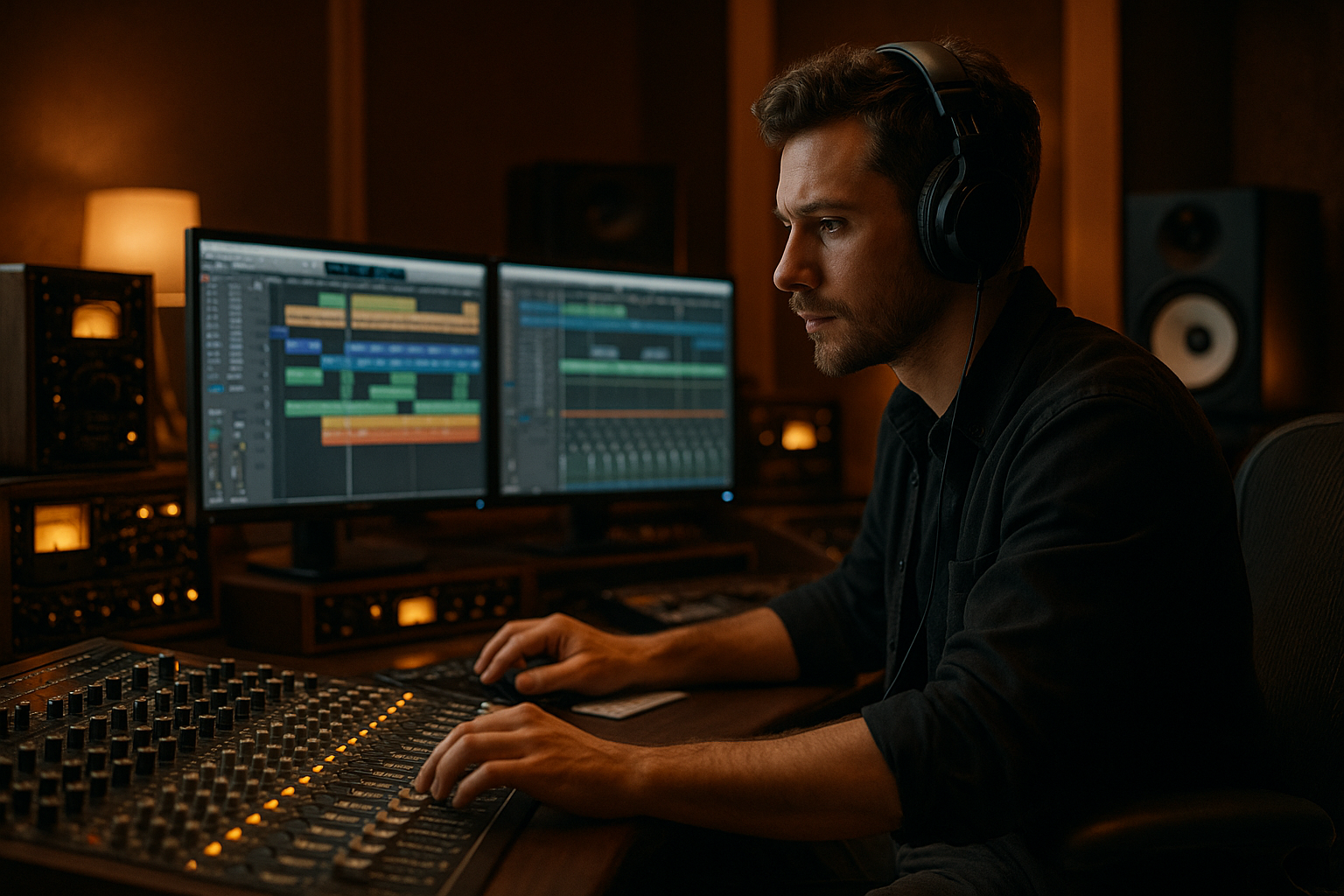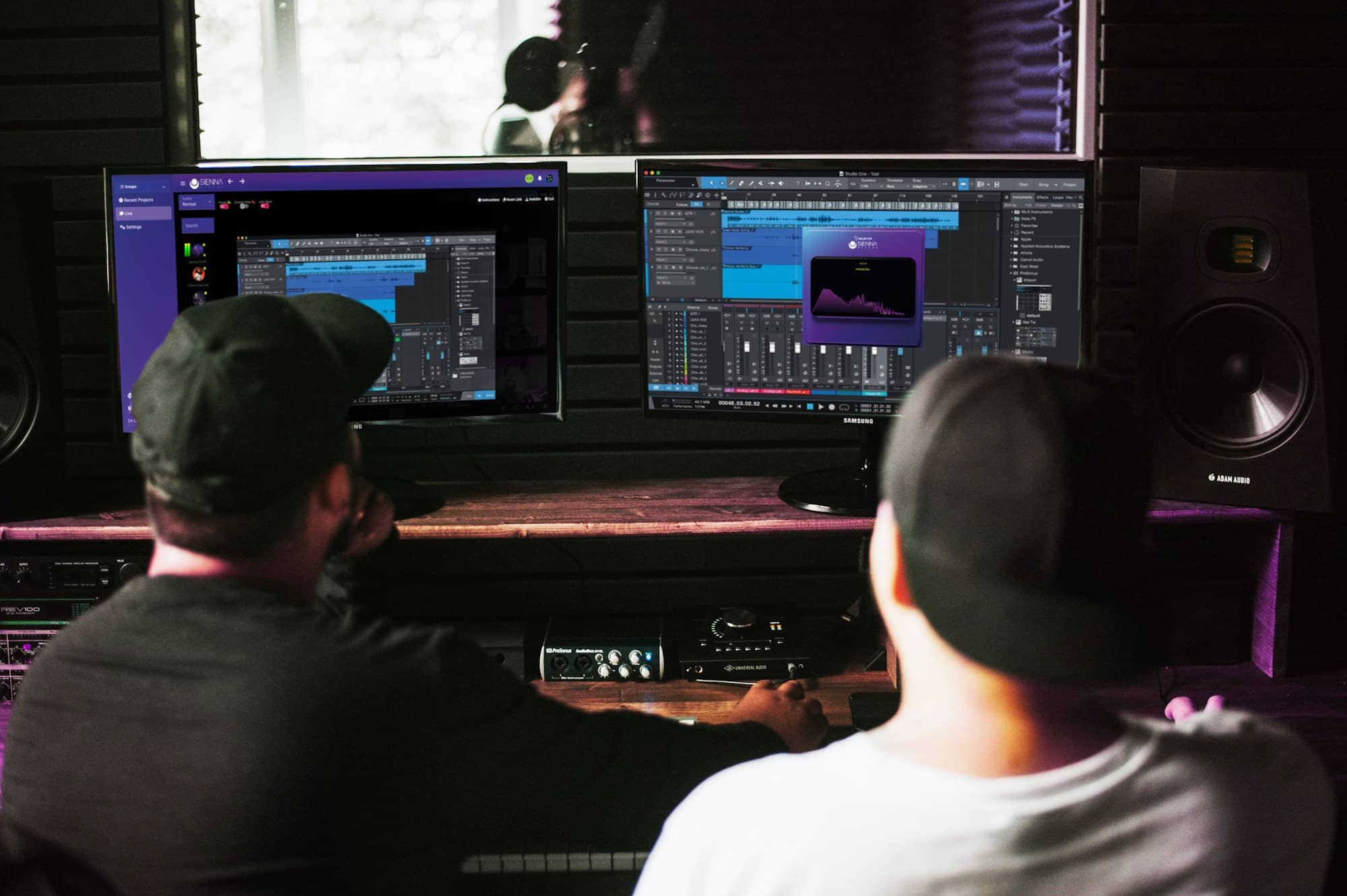When you listen to a perfectly mixed record, every sound sits exactly where it should, every detail is clear, and the music simply breathes. But behind that magic lies a mix engineer making hundreds of micro-decisions that most listeners will never notice.
So, what are the secrets that top producers actually use? Spoiler: it’s not about owning the most expensive gear. It’s about how they listen, and where they listen.
1. Start with the right session setup and mindset.
Many mixing problems stem not from bad choices later, but from poor foundations. According to Production Expert, preparing a session smartly is essential: organizing tracks logically (drums, bass, keys, vocals, etc.), labeling clearly, and removing clutter before you dive in.
Before even touching EQ or compression, the best mixers build a static mix, a rough balance using only faders and pans. This gives you a clear frame on which to sculpt detail.
2. Trust your ears, not your eyes
Plugin interfaces, spectrum analyzers, and meters are helpful, but many pros warn against over-reliance on visuals.
Always trust your ears over your eyes. Turn off the analyzer when making critical EQ moves, and base your judgments on what you hear in the mix.

That means making subtle EQ, gain, or dynamics decisions based on context and feel, rather than chasing a flat curve or ideal curve.
Also: avoid over-soloing tracks. How a element sounds in solo is rarely how it will behave in the full mix.
3. Reference tracks and comparative listening
One common trap is losing perspective. After working on a mix for too long, your ears adapt and you begin to normalize your own choices. This is why pros habitually compare their mix to reference commercial tracks.
Rather than embedding reference tracks into your DAW timeline (which can get messy), many mixers prefer external referencing: level-match your mix with a reference via your monitor controller or a dedicated referencing plugin.
Production Expert
Some academic research also backs this up: communication with clients, reference demos, and musical intention all play a major role in guiding mix decisions.
4. Use subtraction before addition
Many great mixers adopt a subtractive approach: cutting frequencies, reducing masking, cleaning up clutter, and then adding only what’s necessary (harmonic excitement, color, ambiance). Rather than stacking layers of processing, they refine by subtraction first. This keeps the mix cleaner and leaves headroom.

Also, EQing reverb or delays (i.e., sculpting space effects) is often far more effective than treating them all as “full bandwidth.”
5. Switch to mono regularly
Phase cancellations between left and right channels are subtle but deadly. Many professionals check their mix in mono at intervals to ensure compatibility and density, especially in the low end.
Switching to mono reveals issues like disappearing bass, phasing in reverb tails, or stereo effects that vanish when collapsed. It’s like a health check for your mix.
6. Mute more than you solo
Instead of soloing every track to find the problem, some pros find it more telling to mute tracks and listen for what disappears. It forces you to hear what’s essential in context and build by elimination.
This technique refines your ability to hear relationships in the mix instead of isolated parts.
7. Take breaks, rest your ears, and reset
Ear fatigue is real. The most seasoned mixers don’t grind nonstop, they step away, rest their ears, or switch listening contexts. Even a few minutes of silence, or listening to unrelated music, can restore clarity.

Some Pros also “turn away” from the DAW (turn off the screen or close your eyes) to force yourself to listen, not stare.
8. Embrace collaboration and feedback
One of the hallmark traits of top producers is that they seldom mix in isolation. They solicit feedback early and often, from fellow engineers, artists, or mastering engineers.
Especially in remote or distributed projects, clear communication and shared reference material become crucial. Mix decisions make more sense when everyone hears the same version and can discuss tonal intention, balance, and emotional impact together.
9. Know when to trust your artistic instinct
Technical “rules” are useful, but many legendary mixes break them. Top producers often override what’s “correct” to serve the song’s feeling: making a vocal slightly louder, letting harmonic distortion creep, or exaggerating an effect for emotional impact. The most important guide is: does it feel right?
In fact, some listeners perceive higher emotional impact in mixes that have slight flaws, as long as the expression is strong.
Putting it all together (and where a collaboration platform helps)
All of these methods converge at the core of what separates good from great mixes: perspective, dialogue, and aligned listening environments.
A mix refined with ear training, careful referencing, and feedback can still fall apart if collaborators; clients, co-producers, mastering engineers are hearing different versions or different tonal biases. That’s where a right collaboration platform becomes more than convenience: it becomes essential.

By the time you’re ready to share your mix for comments, imagine that everyone hears the exact same version, with ultra HD audio in a video call (like you were in the same room), and can leave timestamped feedback tied to what they hear. That eliminates ambiguity, reduces miscommunication, and accelerates iteration.
That’s the promise of Sienna Sphere WebApp: a cloud-based platform tailored for real-time collaborative listening, version control, and shared acoustic reference. In one space, creators can upload mixes, invite listeners, and exchange notes, all while preserving a consistent listening frame.
When your process incorporates pro-level mixing habits and a tool that aligns everyone’s ears, your final product stands on the same ground as top-tier productions.

